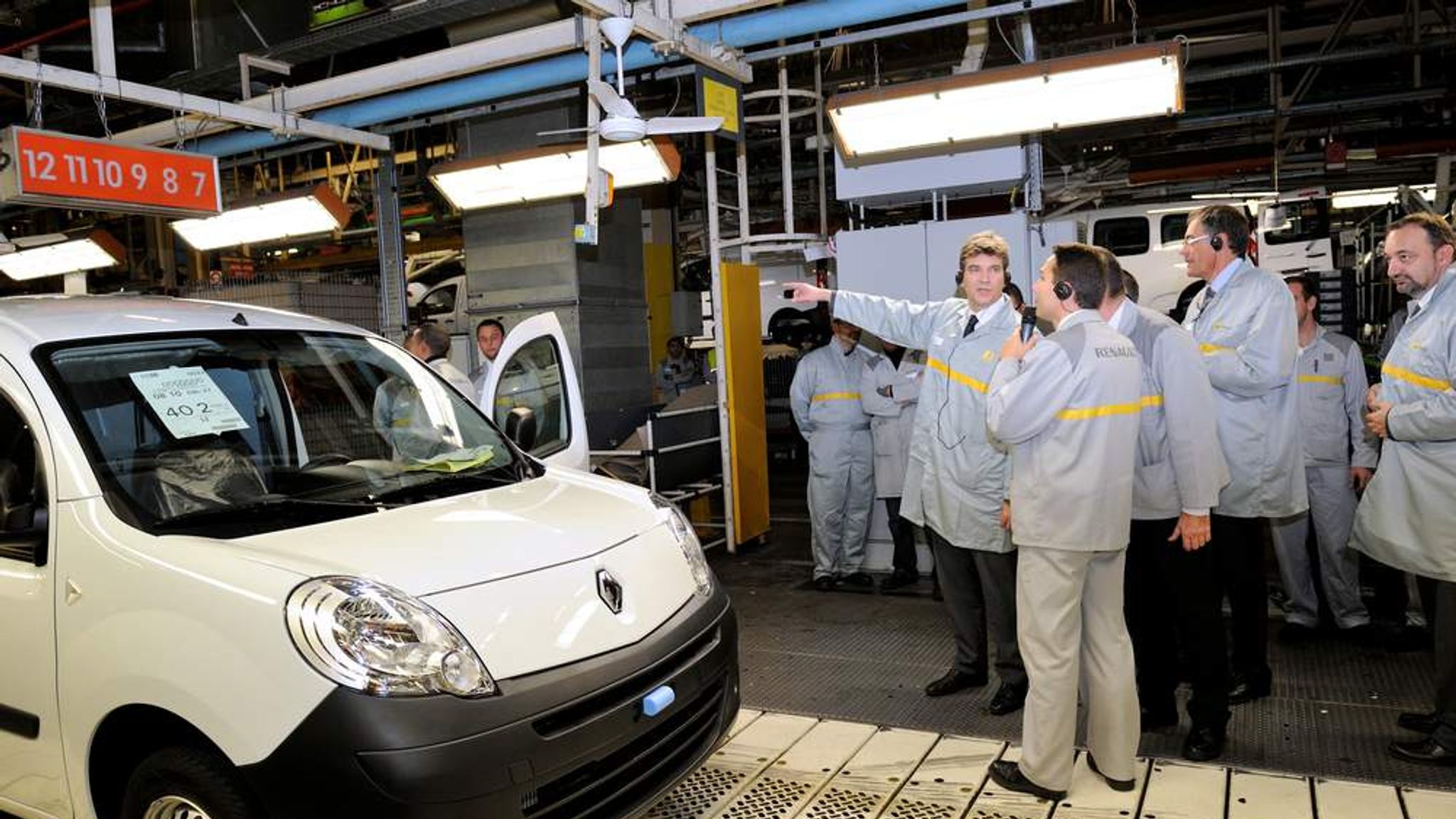Economic Crisis Hits European Car Sales

Table of Contents
Inflation and Reduced Consumer Spending Power
High inflation is severely impacting consumer disposable income across Europe, directly affecting purchasing decisions, particularly for big-ticket items like cars. Countries like Germany, France, and the UK have witnessed inflation rates exceeding 10% in recent months, significantly eroding consumer spending power. This reduction in disposable income forces many to prioritize essential spending, leaving car purchases low on the list.
- Reduced purchasing power for new and used cars: Consumers are hesitant to commit to large financial outlays in an uncertain economic climate.
- Increased reliance on public transportation: To cut costs, many are turning to more affordable transportation options.
- Postponement of planned car purchases: Potential buyers are delaying their decisions, waiting for a more stable economic environment.
- Impact on different car segments: The impact of inflation is felt across all segments, but budget car sales have been hit particularly hard, as these buyers are the most sensitive to price changes. Luxury car sales have also declined, though perhaps less drastically.
Soaring Energy Prices and the Cost of Ownership
The escalating cost of energy, including fuel and electricity, significantly impacts the overall cost of car ownership. Rising fuel prices directly increase running expenses, making car ownership more burdensome for consumers. This factor heavily influences purchasing decisions, leading to a shift in consumer preferences.
- Rising fuel costs impacting running expenses: The increase in petrol and diesel prices makes daily commutes and long journeys significantly more expensive.
- Increased demand for electric vehicles, but hampered by high prices and charging infrastructure limitations: While demand for EVs is growing, their high purchase price and the still-developing charging infrastructure are major barriers.
- Impact on consumer preference for smaller, more economical vehicles: Consumers are opting for smaller, more fuel-efficient cars to mitigate the impact of high fuel prices.
Increased Interest Rates and Financing Challenges
Higher interest rates have made car loans and financing significantly more expensive, reducing the affordability of car purchases for many. The increased cost of borrowing impacts both new and used car markets, as buyers face higher monthly payments and tighter lending criteria.
- Higher monthly payments deterring potential buyers: The increased financial burden associated with higher interest rates discourages many from taking out car loans.
- Increased difficulty in securing car loans: Lending institutions are tightening their lending criteria, making it harder for some to obtain financing.
- Impact on leasing and financing options: Leasing and financing options have also become less attractive due to the rise in interest rates.
Supply Chain Disruptions and Semiconductor Shortages
Lingering supply chain disruptions and ongoing semiconductor shortages continue to hinder car production and availability, exacerbating the existing market challenges. These issues limit production capacity, leading to fewer cars available for sale and significantly extended waiting times.
- Limited production capacity leading to fewer available cars: Manufacturers are struggling to meet the demand, resulting in a reduced supply of new vehicles.
- Extended waiting times for new car deliveries: Consumers face significantly longer wait times for new cars, further discouraging purchases.
- Impact on the used car market due to limited new car supply: The shortage of new cars has driven up prices in the used car market.
Navigating the Storm – The Future of European Car Sales
The decline in European car sales is a complex issue stemming from a combination of factors: inflation eroding purchasing power, soaring energy prices increasing running costs, higher interest rates making financing more challenging, and persistent supply chain disruptions limiting production. The outlook for the near future remains uncertain. However, potential government interventions aimed at boosting consumer spending or supporting the automotive industry could play a significant role in market recovery. Changes in consumer behavior, such as a greater shift toward electric vehicles or a continued preference for used cars, will also influence the market's trajectory. The severity of the situation underlines the urgent need for manufacturers, governments, and consumers to proactively address these interconnected challenges.
Stay updated on the latest developments in the European automotive market. Subscribe to our newsletter today!

Featured Posts
-
 Housing Corporations To Take Legal Action Against Rent Freeze Policy
May 28, 2025
Housing Corporations To Take Legal Action Against Rent Freeze Policy
May 28, 2025 -
 Freeway Series Concludes With Angels Sweep Of Dodgers
May 28, 2025
Freeway Series Concludes With Angels Sweep Of Dodgers
May 28, 2025 -
 Latest Mlb Power Rankings Padres Position Under Scrutiny
May 28, 2025
Latest Mlb Power Rankings Padres Position Under Scrutiny
May 28, 2025 -
 Pacers Vs Knicks Game 1 Tyrese Haliburton Prop Bets And Predictions
May 28, 2025
Pacers Vs Knicks Game 1 Tyrese Haliburton Prop Bets And Predictions
May 28, 2025 -
 The Creative Void Examining The Lack Of Depth In Wes Andersons New Release
May 28, 2025
The Creative Void Examining The Lack Of Depth In Wes Andersons New Release
May 28, 2025
